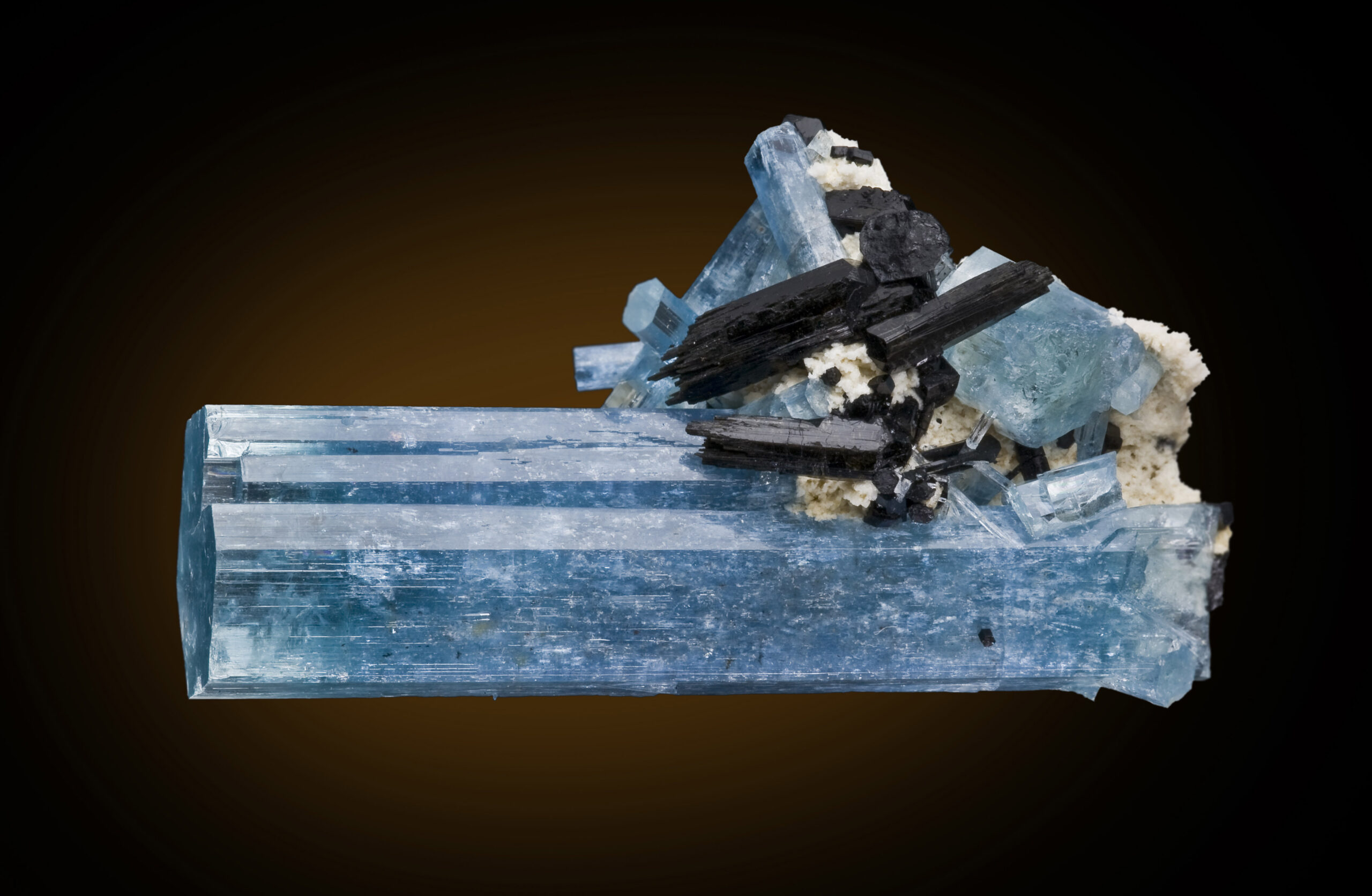
Aquamarine Gemstone Facts – History, Colors and Properties
A stone which easily invokes soothing and calm feeling of the sea, Aquamarine is a gemstone known for humans for thousands of years. It is a stone treasured by many civilizations throughout the history. Therefore, I decided to write this article about aquamarine gemstone facts as the stone indeed has quite lot of interesting facts.
Aquamarine belongs to the Beryl family of gemstones where emerald, morganite, goshenite, yellow beryl and crysoberyl are also a part of. The name aquamarine is the Latin name for “water of the sea” which was given because of the color of the stone. This name is the ideal for this spectacular gemstone as almost all different color tones of sea are represented by the color range of aquamarine .
In this post, I will go through aspects such as history and physical properties of aquamarine and there is another post about the metaphysical and healing properties of aquamarine.
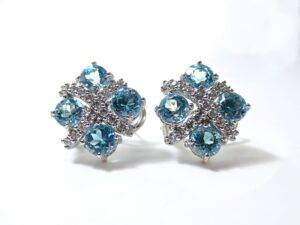
Aquamarine Gemstone Facts
Aquamarine is the birthstone of March and for the zodiac sign Scorpio. It is also the gem of 19th wedding anniversary. Since aquamarine is believed to help long lasting relationships, aquamarine jewelry is popular among couples well before the 19th anniversary as well.
There are many interesting things to discuss under aquamarine gemstone facts and therefore I will do it under few sub-sections,
- History of Aquamarine
- Mining Regions
- Color Varieties
- Physical Properties
Let’s go through one by one.
1. History of Aquamarine
Aquamarine is a gemstone which was used even by the ancient Egyptians and Sumerians. Archeologists have found this gemstone in ancient Egyptian tombs. Greek artists used aquamarine in their art about 2000 years ago.
The gemstone was associated with the sea for a long time. Probably influenced by the color of the stone, Aquamarine was believed to be a treasure of mermaids.
Aquamarine was also popular among sailors as a talisman for protection and good luck in the sea and they believed it can protect them from sea sickness and shipwrecks. They have sometimes even thrown the stone into the sea when they were caught in a storm in order to calm the gods. Roman fisherman believed that aquamarine increases their fish harvest and they are the ones who gave the stone the name “aqua marina” meaning “water of the sea”.
An aquamarine found in Marambaya, Minas Gerais (Brazil) in 1910 weighing over 200 pounds is the largest ever recorded and it was later cut into thousands of pieces. The world famous “Dom Pedro Aquamarine” is the world’s largest faceted aquamarine and it is kept for display at the Smithsonian’s National Museum of Natural History.
Take a look at that beauty in this video
Here is a picture of the same
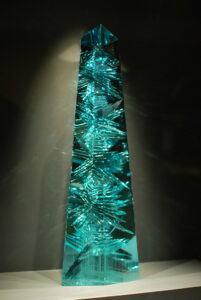
There are many beliefs which surrounds this stone. One such belief is that, when the energy of the stone is deteriorated, it should be submerged in water and exposed to the full moon during the night. This will reenergize the aquamarine stone.
2. Mining Regions of Aquamarine
The main country for mining of aquamarine is Brazil and mines are spread all across the country. Russian aquamarine deposit in the Ural Mountains was another famous one but seems like it has dried out.
Other commercially important mines are in Australia (Queensland), Myanmar (Burma), China, Sri Lanka, India, Pakistan Kenya, Madagascar, Mozambique, Namibia, Nigeria, Zambia, Zimbabwe and United States.

3. Color Varieties
As the name of the stone suggests, aquamarine’s color is the sea water color in its all shades. The most desired and the most expensive color of aquamarine is a strong blue color ( Please refer to the video below).
The coloring agent of aquamarine is iron and there are two different types of iron found in aquamarine. Those are ferrous iron and ferric iron. The ferrous iron gives the nice blue color and ferric iron brings a green shade.
It is common to find raw aquamarine mixed with a green shade and since these are less expensive, it is a frequent practice to heat those aquamarine stones to 725 -800 degrees F ( 400-450 degrees C) to get the desired blue color. If the heat goes beyond the limit, the stone can discolor.
There are certain aquamarine stones which appears as colorless in daylight but displays a beautiful color under the light.
Here is a great video by Geological Institute of America (GIA) which introduces several different color tones of aquamarine (different color shades are extremely important to be familiar with when learning aquamarine gemstone facts as it is a key factor in deciding the price of the stone or the jewelry).
Certain color varieties of aquamarine are called in different trade terms depending on the origin of stones.
Santa Maria – This is the trade term for the fine aquamarines which comes from Santa Maria mine in Ceara, Brazil.
Santa Maria Africana – This is the trade term for fine aquamarines from Mozambique and these are available in the market since 1991. The name is given since the quality of stones are equal to that of actual Brazilian Santa Maria aquamarine.
Maxxie – These aquamarines comes from the Maxxie mine in Minas Gerais (Brazil) and has a deep blue color which fades in daylight ( turns to a yellow green color). These stones are made more beautiful through irradiation but the color change does not last.
Although most available aquamarine stones are blue, there are greenish aquamarines as well. But in general, more the strength of green, lesser the price of the stone.
4. Physical Properties
Physical properties are also an important aspect of aquamarine gemstone facts. I am going to summarize all the main properties of aquamarine in a table as that makes it easier to grasp all the information.
| Mineral Type | Beryl |
| Composition | Be3Al2Si6O18 |
| Mohs Hardness | 7.5 to 8.0 |
| Specific Gravity | 2.72 |
| Refractive Index | 1.577-1.583 |
| Pleochroism | Strong ( colorless, light blue, blue, light green) |
| Crystal System | Hexagonal |
| Cleavage | Indistinct |
Aquamarine is sensitive to pressure. Therefore good care must be give during cutting and jewelry making (the fact that aquamarine changes color when heated is also an important point to remember during jewelry making). But since the hardness is 7.5-8, the jewelry with aquamarine is suitable for everyday wear.
It is important to know that sometimes aquamarine can be confused with kyanite, blue topaz, tourmaline, zircon, eudase and glass imitations. There aren’t any synthetic aquamarine but aquamarine colored synthetic spinel are sold in the trade occasionally.
Final Thoughts
I am a huge fan of nature and in particular, the sea. The sea brings the happiest version of me and I love anything which is connected with sea. The unique colors of aquamarine and the name of the stone always brings some amount of joy that sea gives me and hence I totally adore this magnificent gemstone.
I believe I managed to make you also love this stone at least a little bit and you learnt something new in the process.
Hope you liked this post and I would love to hear your thoughts and any questions you might have.
p.s.
If you are looking to buy an aquamarine gemstone or a jewelry, this article might help you – “How to buy jewelry online ?”
If you want to know more about the aquamarine stone meaning and its metaphysical healing properties, please refer to this article. – “Aquamarine Stone Meaning”
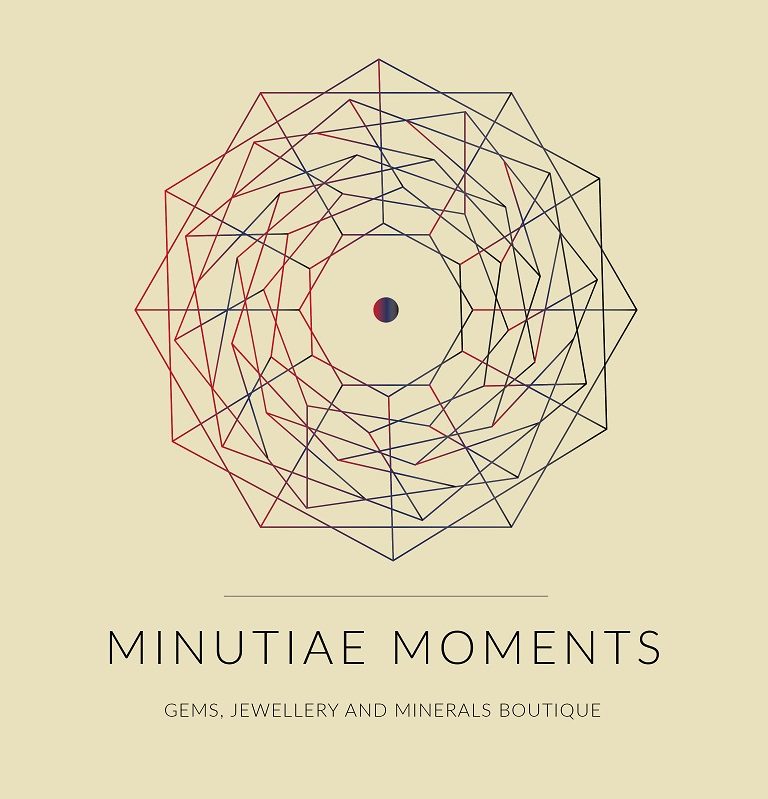
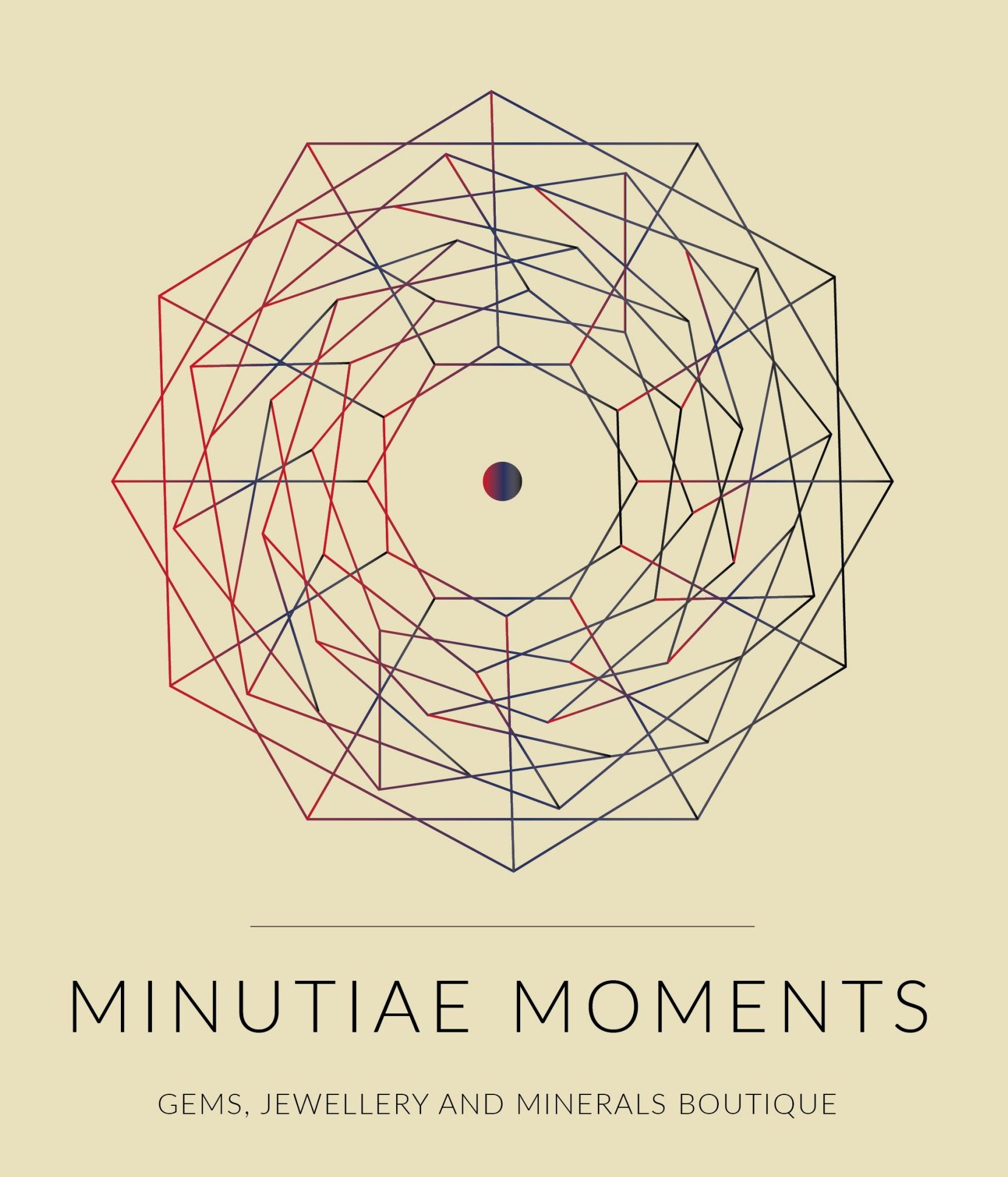
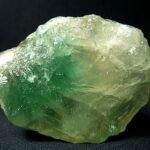
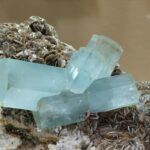
I too am a huge fan of the sea, and I’ve always thought that Aquamarine was gorgeous. I learned a lot from this article; it was very interesting – especially the part about the history of the gem. Thank you!
Hey Jade, Happy to find another sea lover. Yes, history of gemstones are so interesting and I always love that part. Thank you.
That’s really fascinating! My wife is from Brazil and she was intrigued to hear about the largest recorded gemstone being found in Minas (we have a friend from there). Since blue is my favorite color, I really enjoy the colors that you can find in an aquamarine gemstone. Thank you for sharing all of this information, I definitely learned something today 🙂
Hey Dereck, Great to hear that. Actually, Brazil is famous for many wonderful gemstones. There is one very expensive and rare gemstone called Paraiba Tourmaline which was first found in the Paraiba area of Brazil. Thank you for dropping by my website.
Hey, personally I am not passionate about gemstones. However, I was pleased to read it and find out more about this aquamarine, such as the fact that even the Egyptians and Sumerians used it many years ago which is mindblowing.
Codrut.
Hey Codrut, I am happy to have give some interesting to a non gemstone fan as well. Thank you.
Thanks for this. These are indeed very attractive stones. I actually like the greener color even though I think one of the videos was saying that the green are not considered so valuable. I look forward to your next piece on the metaphysical and healing properties of this stone. Best regards, Andy
Thank you Andy. Glad you liked the post. Yes, the next post will come today or in the next couple days.
Wow what a beautiful stone. Truly stunning. I really enjoyed your post. So much I’m thinking of looking for a ring with aqua stone in as my 3.5 week old daughter was born in March. Keep up the good work.
Hi Russ,
So great to hear that. Yes, you should definitely think of this stone. I am also planning to start my own online gems and jewelry store soon and then I will be able to serve some of my own readers like you. Cheers mate !!!
Wow what a beautiful stone. I have actually heard of because I am a sailor and did know that it was considered as a talisman for protection and good luck. Now that I have seen what it looks like from your post I will have to pick some up extra protection and good luck at sea is always welcome! Cheers
Hey Robb, Really great to get a comment from an actual sailor. Thank you. I am glad that I was able to give you some new points to consider 🙂
;
This is what I love about the internet! There’s so much to learn and explore, and people with vast knowledge willing to share. I am a true skeptic by heart, and I don’t believe that stones possess any power that can affect us, but I do love the beauty and history of stones and minerals.
Thank you Michel, Glad you liked the post. I write posts about perceived powers of gemstones as well as history and other facts. So hope you will find some of the future posts interesting.
I understand, and I’m looking forward to future posts!
I’ve been interested in gemstones since I was a kid. They were always hard to come by, given where I live, but I’ve built up a small collection over the years. I prefer the natural beauty of uncut stones. It shows what nature can do given the right circumstances. Cut stones in metal settings don’t do anything for me.
That Aquamarine crystal really is something special.
Hi Gary,
I am glad to find another gemstone lover. Ya, it is a great work of mother nature. I also like natural crystal very much but I also love cut and polished stones as cutting and polishing is another art which I like.